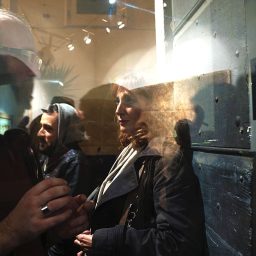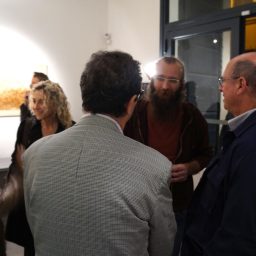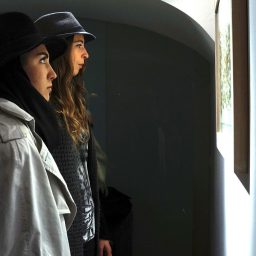
Piotr Hanzelewicz makes us reflect that the coin is one of the last remaining symbols. From this, the coin acquires a dimension of duality, which always fascinates due to its bivalent nature. Indeed, while the coin has an ideal dimension connected to the possibility of doing and possessing, on the other hand it has materiality and presents formal solutions that cannot be ignored. Piotr Hanzelewicz thus intervenes through the exploration of the physical characteristics of these objects. Oxidations are born, presenting us with coins tired of their representational role, resigning themselves to erasure.
The formal values are also investigated by Piotr Hanzelewicz, as due to the functional automatism guiding our daily contact with money, we normally overlook its effigy. We forget that money is populated with figures, architectures, numbers, and symbols. Piotr Hanzelewicz forces us to reflect on what we do not see, despite it constantly being in our hands. In this way, we discover that behind the relentless monument to value erected by the coin, there are signs whose irrationality and improbability are evident.
Similarly, the prodigious symbolic values of the coin are not forgotten. Although the identity between coin and power is not so direct, it is accepted spontaneously and naturally by all societies. The coin is therefore recognized as an emblem of a desire that finds immediate realization precisely through its possession.
In this exhibition, Piotr Hanzelewicz reaches conclusions concerning humanism rather than economics. Just as man must work to give identity to his ideal, money must also undergo sublimation to represent our dreams. An apparently simple operation, such as holding and using money, thus triggers a series of mental steps connected to matter, possession, and symbol, whose significance usually escapes us. This exhibition invites us to rediscover them.







